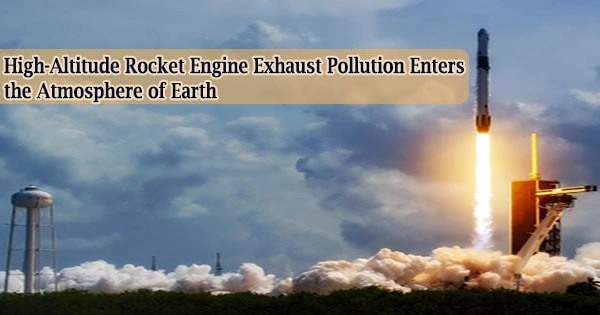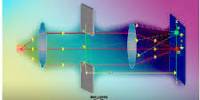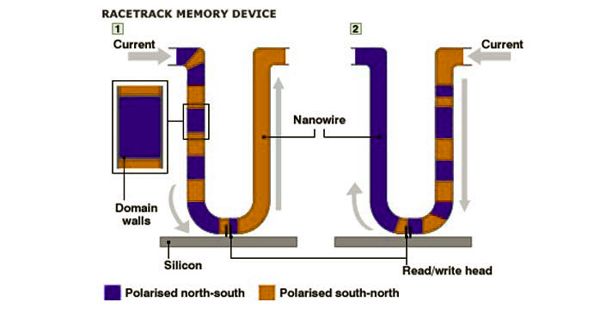Commercial spaceflights by firms like SpaceX and Virgin Galactic have popularized the use of reusable space technology to increase space transportation at a reduced cost. However, the fact that the propulsion emissions from rockets cause significant heating and chemical changes in the atmosphere is little understood.
Researchers from the University of Nicosia in Cyprus evaluated the potential effects of a rocket launch on atmospheric pollution by looking into the heat and mass transfer and quick mixing of the combustion byproducts for altitudes up to 67 kilometers into the atmosphere. Their findings were published in Physics of Fluids by AIP Publishing.
Both liquid and solid rocket engines are used to propel spacecraft. Solid rockets are more affordable to build and provide good performance for the price. The performance of liquid propellant engines is higher because they provide more thrust per weight of consumed propellant.
“Improved understanding of rocket emissions requires modeling and simulation of fluid dynamics of rocket exhaust gases into the atmosphere,” said co-author Dimitris Drikakis.
The team created a model of the exhaust gases and growing plume at various elevations along the normal trajectory of a typical modern rocket. They did this as a model for a two-stage rocket that might carry passengers and cargo into orbit around the Earth and beyond.
“We show that pollution from rockets should not be underestimated as frequent future rocket launches could have a significant cumulative effect on the Earth’s climate,” said co-author Ioannis Kokkinakis.
Liquid engines are typically more dependable since they can be tested numerous times prior to flight, and their ability to be stopped once started adds an additional level of safety. In order to allow orbital movement, liquid propellant engines can also be built with a restart capability.
Improved understanding of rocket emissions requires modeling and simulation of fluid dynamics of rocket exhaust gases into the atmosphere.
Dimitris Drikakis
The scientists discovered that the levels of thermal nitrogen oxides (NOx), which are part of the combustion exhaust, can remain high up to heights with ambient atmospheric pressures that are above or even just below the nozzles’ exit pressure, or below an altitude of around 10 km.
The amount of carbon dioxide released at the same time as the rocket ascends 1 kilometer into the mesosphere is equal to the volume of 26 cubic kilometers of the atmosphere at that level.
They discovered that the mesosphere can have a considerable impact locally and briefly on the atmosphere. The time frame during which this occurs is unclear, but air currents will eventually spread and mix the exhaust CO2 throughout the atmosphere, bringing it back down to its naturally occurring levels.
Today’s liquid rocket engines are primarily made of metal alloys. Because of their high strength and good toughness throughout a wide range of temperatures from -252 °C to 1100 °C, superalloys based on nickel, cobalt, and iron-nickel systems are widely employed.
The researchers think there may still be a threshold of rocket launches at which mesospheric carbon dioxide could build up over time and alter our climate by raising naturally occurring levels.
According to their findings, in the worst-case scenario, enough NOx could be produced during the time it takes the rocket to ascend to an altitude of 10 kilometers to contaminate more than 2 cubic kilometers of atmospheric air with a level of NOx concentration that the World Health Organization (WHO) deems hazardous to human health.
“We hope that commercial flight companies, such as SpaceX, Virgin Galactic, and the New Shepard, and their associated engine manufacturers, will consider these effects in future designs,” said Drikakis.
















